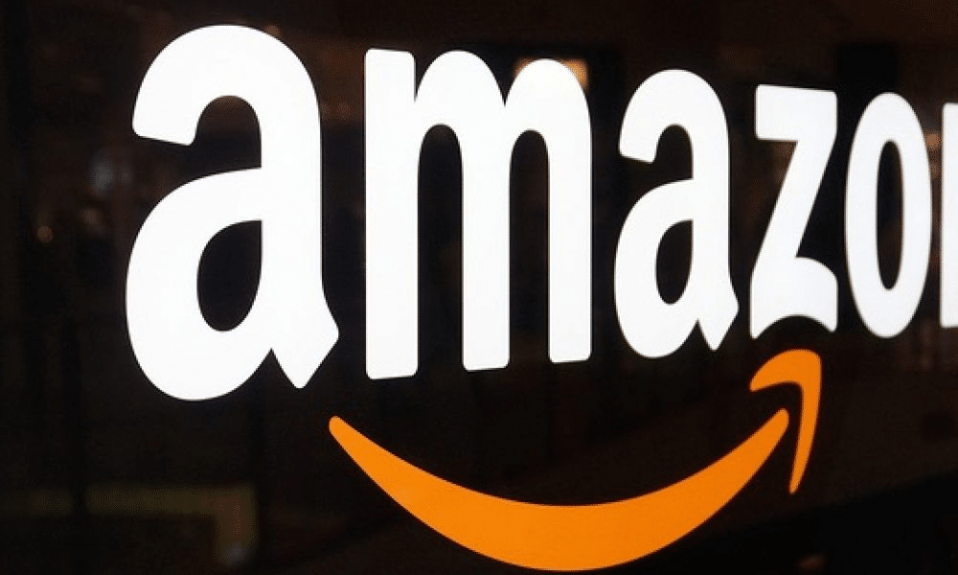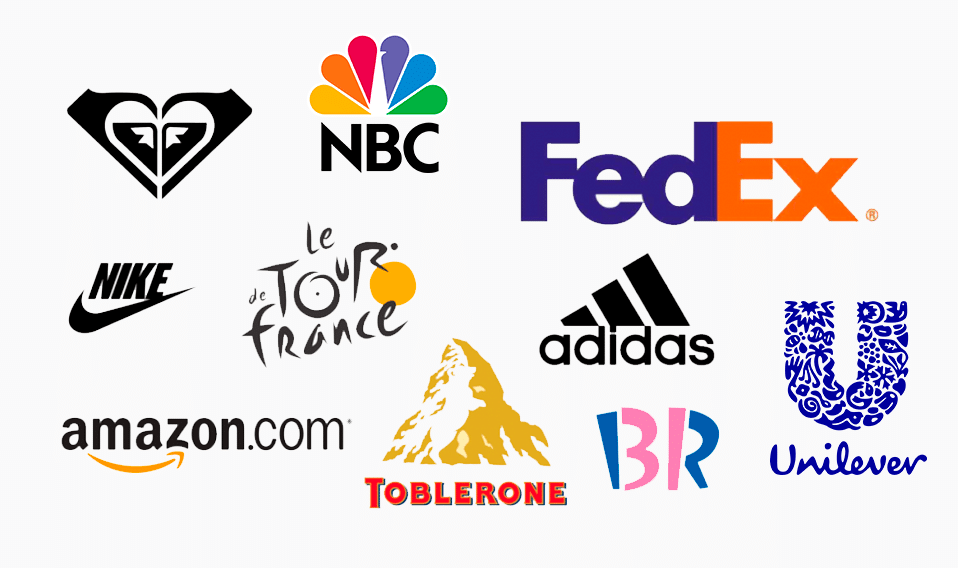Business owners have clearly heard of such terms as “subbranding” and “brand extension. Let’s understand what the similarities and differences of these terms are, and derive recommendations on how to use subbranding for your business.
Create your own logo with Turbologo logo maker. It takes less than 5 minutes and no design skills needed.
Go to Logo MakerTable of Contents
What is subbranding?
Subbranding is the creation of a subsidiary or secondary brand by a major brand. These companies are usually created to attract new audiences. The subsidiary or secondary brand is different from the main company, but still connected to it. Subbrands may have their own standards, corporate identity, logo, etc., or they may reflect the identity of the parent brand.
The benefit of subbranding is increased recognition of the parent brand. In addition, subsidiaries help establish loyalty to the firm from which they originated. Consumers trust the primary brand and are therefore more likely to buy the secondary company’s products. For example, Apple and their iPhone, iPad, and iPod products: people know Apple well and are confident in its quality, so they buy products from subsidiary brands without hesitation.
Brand Extension
Unlike sub-branding, brand extension is the transition of a brand from one category to another. It often happens when the main company becomes successful and popular. In this way, a brand develops into other areas of the marketplace that it did not previously touch.
Examples of Subbranding
Subbrands are powerful tools for marketers to take the parent brand to a whole new level and attract a fresh audience. In this way, a company does not abandon its core business, but additionally opens new ones based on it. Here are a few famous examples of sub-brands:
- Toyota – Prius
- Microsoft – Xbox
- Lenovo – Legion
- Samsung – Galaxy
- Amazon – Alexa
- Apple – iPhone
- Philips – Sonicare
Subsidiary products of these companies are just as well known as the main brand. They have strengthened the credibility of the firm and increased its popularity.
How are subbrands useful?

Subbrands are used to differentiate products. For example, Toyota has a subsidiary brand called Tacoma (medium-sized trucks). And the customer remembers that name and associates it with Toyota.
The audience is more likely to buy other products of the parent brand if they are associated with the sub-brand. For example, a customer likes McDonald’s Big Mac and decides to try another hamburger. The customer is more likely to opt for one of the McDonald’s burgers because he already knows what to expect from that company.
A sub-brand can also be used to explore new niche markets. Sony did this by creating a Playstation product for an audience of gamers. This increased Sony’s prevalence and increased the reach of the business.
Is subbranding always the right move?
Subbranding has many advantages, but keep in mind that it will not work for all companies. Companies with subsidiaries spend a lot of money on brand maintenance and growth. In addition, there is a risk that the sub-brand gets lost in the shadow of the main company.
Also, the benefits of the main brand can be negated by problems with the subsidiary. If you don’t have the quality to manage all the divisions of the company, there may be problems in some of them. All of this will affect the credibility of the parent brand.
When to create subbrands?
How do you know when to create a sub-brand and when to just create a new stand-alone company? Or maybe even a new business? Let’s try to figure it out.
Here are a few questions which, by answering them, will help you determine which path you should take. If the answer to all of these questions is yes, it’s time to create a sub-brand. Otherwise, it’s worth thinking about rebranding or a new brand.
- Is the sub-brand targeting a portion of your existing audience?
- Will the sub-brand be able to cover the same needs as your main brand?
- Does the sub-brand reinforce your main brand?
- Will your sub-brand receive more advertising or promotion than your other core products?
- Based on the answers, you’ll be able to assess your options and make a decision about sub-branding.
How do you create a sub-brand?
A company with sub-brands can get good results by using the right strategies. But how do you create a unique style for a sub-brand? Match the company’s direction, find its features and create a balanced sub-brand formula.
Careful strategy planning and making sure you know how this organization will be positioned in the marketplace will reduce confusion for both your customers and your employees. The stronger your brand concept, the more sustainable the organization is.
Conclusion
Creating a successful sub-brand for your company is a responsible undertaking that requires determination and knowledge of the nuances of starting a subsidiary. Use the tips given in the article and take action!
I’m a product and graphic designer with 10-years background. Writing about branding, logo creation and business.









